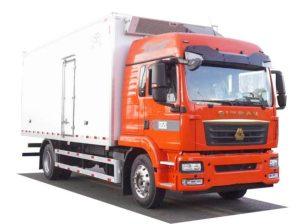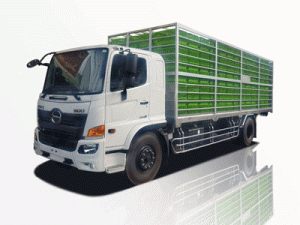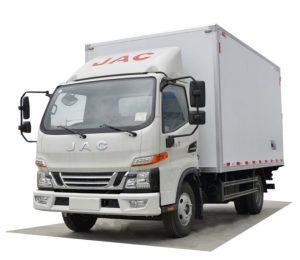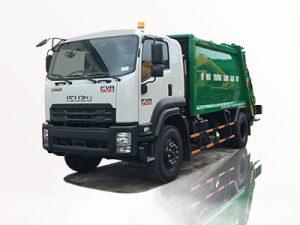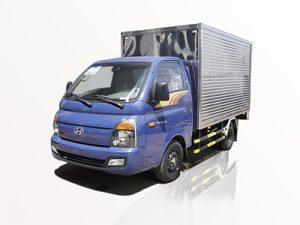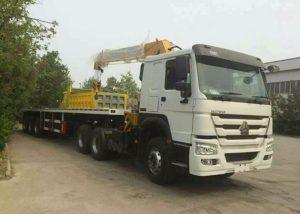Monday to Saturday - 8:00 -17:30
Understanding Telescopic Boom Cranes: A Comprehensive Guide
Introduction
Telescopic boom cranes are versatile lifting machines widely used in construction, manufacturing, and transportation industries. Their unique ability to extend and retract their booms allows for increased flexibility and reach, making them essential equipment for various lifting tasks. In this article, we will explore the features, applications, and benefits of telescopic boom cranes, alongside practical examples, tips for safe usage, and answers to frequently asked questions.
1. What is a Telescopic Boom Crane?
A telescopic boom crane is a type of crane characterized by a boom that can extend telescopically to reach higher or further than fixed-boom cranes. This capability allows them to lift loads vertically and horizontally across longer distances.
1.1 Key Components of a Telescopic Boom Crane
- Boom: The extendable arm that holds the load.
- Cab: The operator’s control area.
- Base/Chassis: The supporting structure that provides stability.
- Winch and Hook: The devices used to lift and secure loads.
1.2 How Telescopic Boom Cranes Work
Telescopic boom cranes operate using hydraulic systems. The hydraulic cylinders extend and retract the boom, allowing operators to position the load accurately. The operator controls the crane from the cab, ensuring safety and precision while carrying out lifting operations.
2. Types of Telescopic Boom Cranes
Telescopic boom cranes come in various types, each designed for specific applications.
2.1 Truck-Mounted Telescopic Cranes
Mounted on trucks, these cranes are highly mobile and suitable for various job sites, from urban to off-road environments.
2.2 Crawler Telescopic Cranes
These cranes are equipped with tracks for stability and mobility on uneven terrain. Crawler cranes are ideal for construction projects on soft ground.
2.3 All-Terrain Telescopic Cranes
Combining the features of truck-mounted and crawler cranes, all-terrain cranes can navigate both paved and unpaved surfaces. They offer excellent versatility and maneuverability.
2.4 Static Telescopic Cranes
Static cranes are fixed in one location but offer extended reach and lifting capacity. They are often used in construction and assembly processes.
3. Applications of Telescopic Boom Cranes
Telescopic boom cranes find applications across a variety of industries.
3.1 Construction Industry
Used for lifting heavy materials, such as steel beams and concrete blocks, telescopic boom cranes are vital in building high-rise structures.
3.2 Shipping and Logistics
In ports and warehouses, these cranes facilitate the loading and unloading of containers and heavy machinery, streamlining logistics operations.
3.3 Oil and Gas Industry
Telescopic cranes are essential for installing and maintaining large equipment at drilling sites and refineries.
3.4 Cinematic and Event Productions
In the entertainment industry, telescopic cranes are used to elevate cameras and lighting equipment to capture stunning aerial shots.
4. Safety Considerations When Using Telescopic Boom Cranes
Operating a telescopic boom crane requires adherence to safety protocols to prevent accidents and injuries.
4.1 Operator Training
Ensure operators are adequately trained and certified to handle telescopic cranes. Regular training updates are crucial for safety compliance.
4.2 Daily Inspections
Before operation, conduct daily inspections of the crane’s components, including the boom, hydraulic systems, and safety mechanisms.
4.3 Load Limit Awareness
Always be aware of the crane’s load limit and avoid exceeding it. Each crane comes with a load chart that should be consulted regularly.
4.4 Environmental Conditions
Be mindful of weather conditions and ensure that the area is safe for operation—high winds, rain, and uneven surfaces can increase risks.
5. Benefits of Telescopic Boom Cranes
Telescopic boom cranes offer several advantages that make them a preferred choice in industries requiring lifting capabilities.
5.1 Versatility
These cranes can be used in various applications, making them a versatile tool for lifting and moving heavy objects.
5.2 Increased Reach
The extendable boom allows operators to access challenging areas without repositioning the crane frequently, saving time and improving efficiency.
5.3 Enhanced Maneuverability
Many telescopic cranes are designed for mobility, allowing them to operate in tight spaces and on uneven terrains.
5.4 Time-Saving
Quick setup and the ability to reach remote locations reduce downtime significantly, thus enhancing productivity on job sites.
6. Practical Examples of Telescopic Boom Crane Usage
Understanding how telescopic boom cranes are applied in real-world scenarios can provide deeper insights into their utility.
6.1 Example: Construction of a Skyscraper
During the construction of a skyscraper, telescopic boom cranes can be used to lift steel girders and concrete panels to higher floors, significantly streamlining the assembly process.
6.2 Example: Industrial Maintenance
In industrial settings, these cranes can facilitate maintenance tasks by allowing technicians to access machinery located at significant heights safely.
6.3 Example: Festival Setup
For events like music festivals, telescopic cranes are employed to set up stages, lighting rigs, and sound systems in various configurations.
7. Tips for Selecting the Right Telescopic Boom Crane
Selecting the suitable telescopic boom crane for your project requires careful consideration of various factors.
7.1 Assess Your Lift Requirements
Evaluate the weight and dimensions of the objects you need to lift, as well as the height you require.
7.2 Consider Operational Environment
Analyze the working conditions, including the terrain type and accessibility of the site. This will guide the choice between wheeled or tracked cranes.
7.3 Budget Considerations
Determine your budget not only for the crane itself but also for associated operational costs, such as fuel, maintenance, and operator training.
8. Maintenance of Telescopic Boom Cranes
Regular maintenance is crucial to ensure the longevity and safe operation of telescopic boom cranes.
8.1 Routine Inspections
Conduct routine inspections to identify any wear and tear before it becomes a significant issue. Inspect hydraulic lines, hoses, and connections regularly.
8.2 Lubrication of Moving Parts
Ensure all moving parts are adequately lubricated according to the manufacturer’s specifications to prevent unnecessary wear and tear.
8.3 Scheduled Servicing
Follow the manufacturer’s service schedule for in-depth inspections and necessary repairs to maintain the crane’s optimal performance.
9. Frequently Asked Questions (FAQs)
9.1 What is the typical lifting capacity of a telescopic boom crane?
The lifting capacity varies significantly based on the model, typically ranging from 10 tons to over 100 tons depending on the design and manufacturer.
9.2 How do I choose the right telescopic boom crane for my project?
Consider factors such as weight capacity, reach, site conditions, and project specifics when selecting the appropriate crane.
9.3 Are telescopic boom cranes safe to operate in high winds?
Operating cranes in high winds can be dangerous. Each crane has a wind load specification; always consult these limits and suspend operations if conditions exceed them.
9.4 How often should I perform maintenance on a telescopic boom crane?
Routine checks should be done daily while more extensive inspections and servicing should be conducted according to the manufacturer’s recommendations, usually every 250 operating hours.
9.5 Can telescopic boom cranes be rented?
Yes, many companies offer telescopic boom cranes for rent. Renting is a cost-effective option if you require a crane for a short-term project.
9.6 What regulations apply to the operation of telescopic boom cranes?
Regulations vary by region, but operators must adhere to safety standards set forth by organizations such as OSHA in the U.S., ensuring safe practices are in place.
10. Conclusion
Telescopic boom cranes are invaluable assets in the lifting industry, providing versatility, reach, and efficiency. With knowledge of their types, applications, safety procedures, and maintenance tips, businesses and operators can maximize the benefits of these powerful machines while ensuring safety and compliance. Whether you are planning a construction project, managing logistics, or organizing events, understanding telescopic boom cranes can help you make informed decisions and improve operational efficiency.



